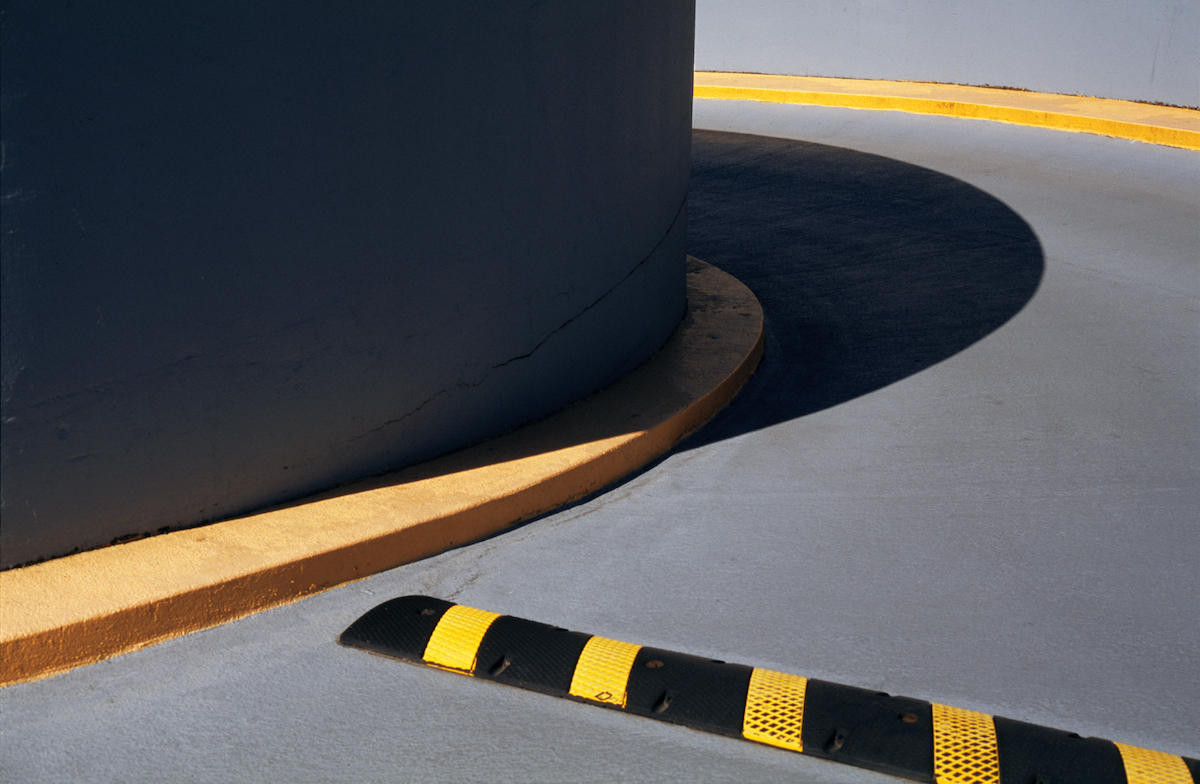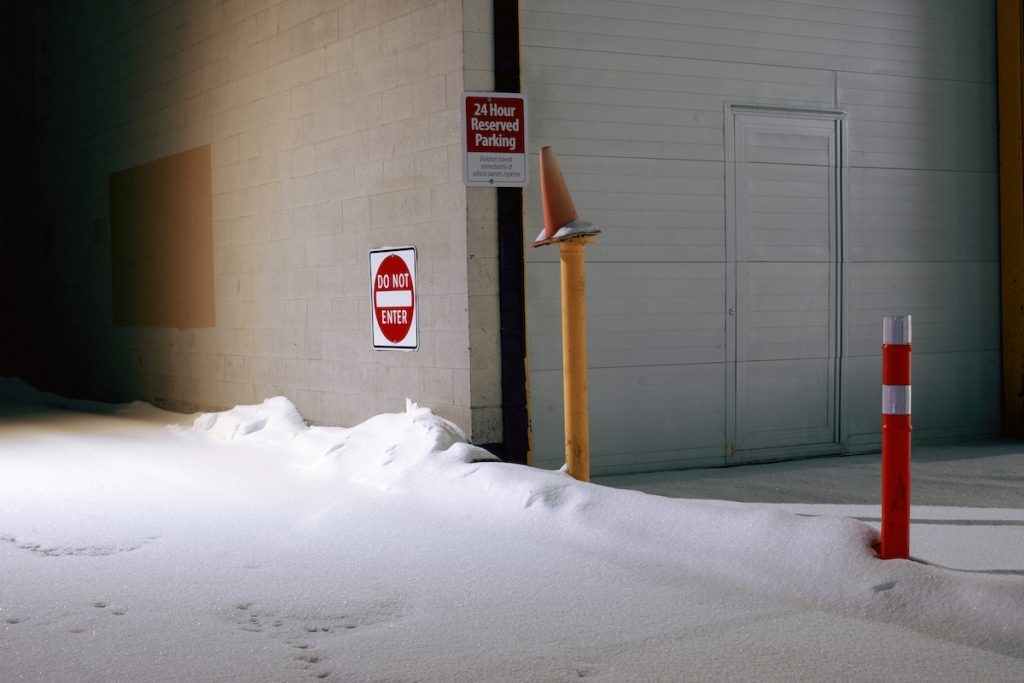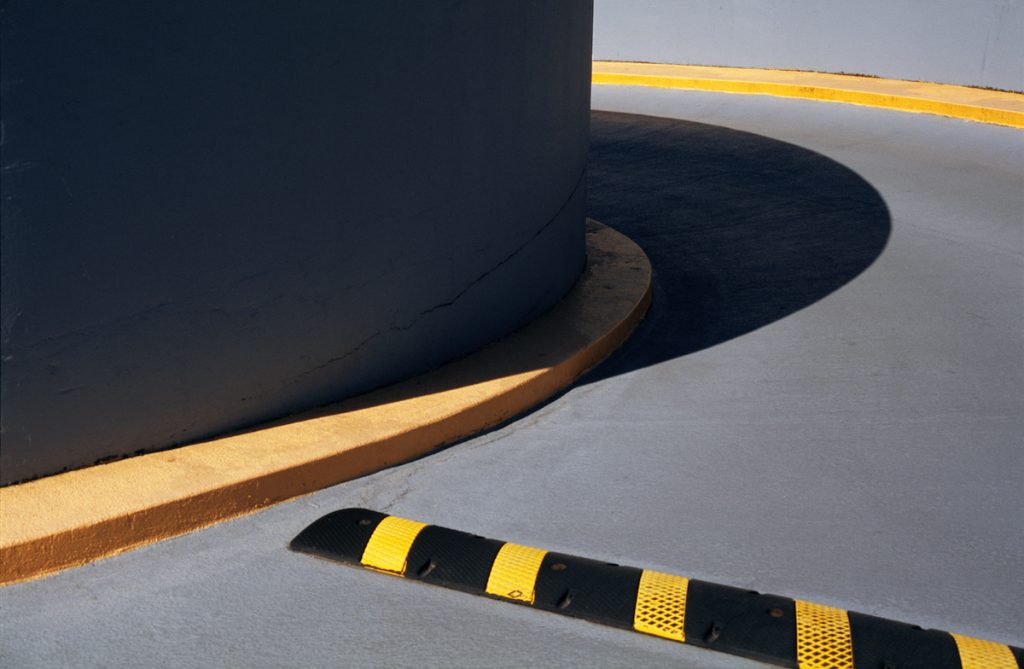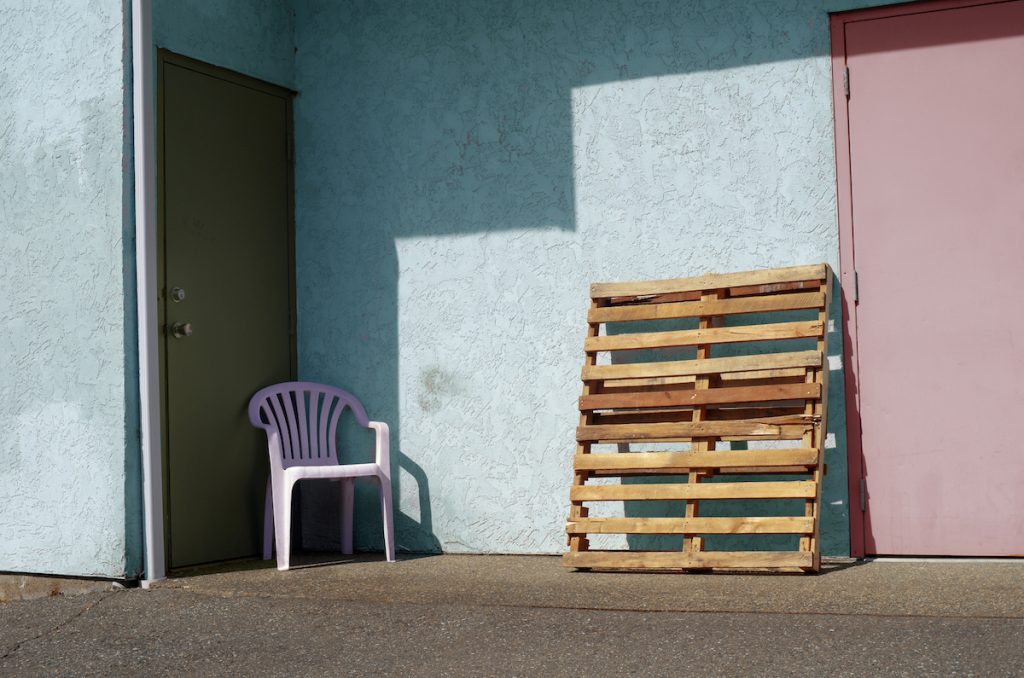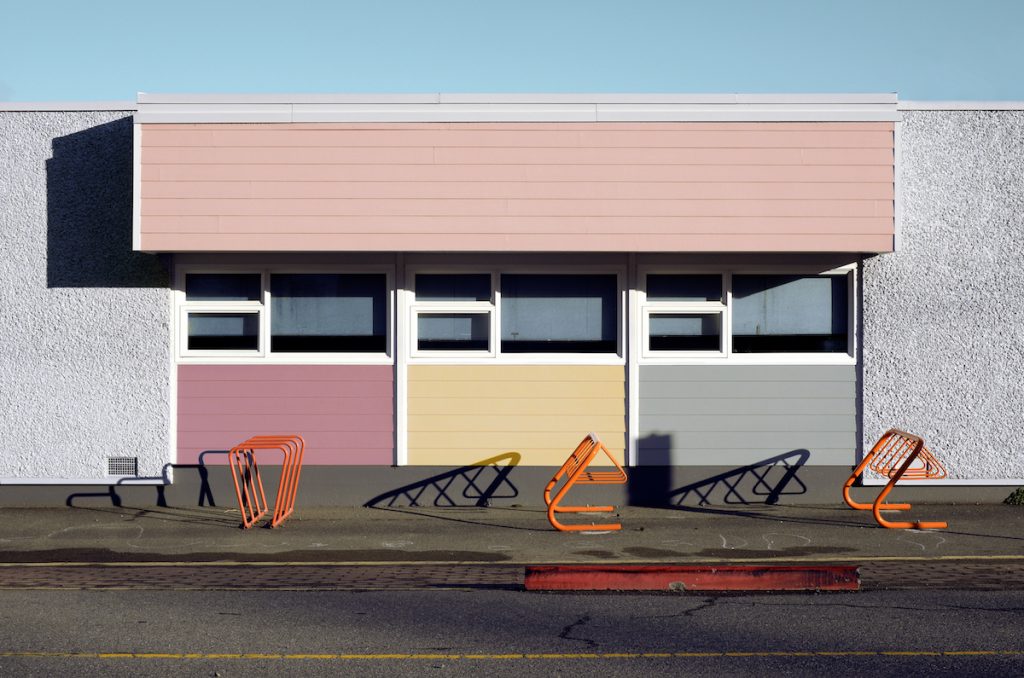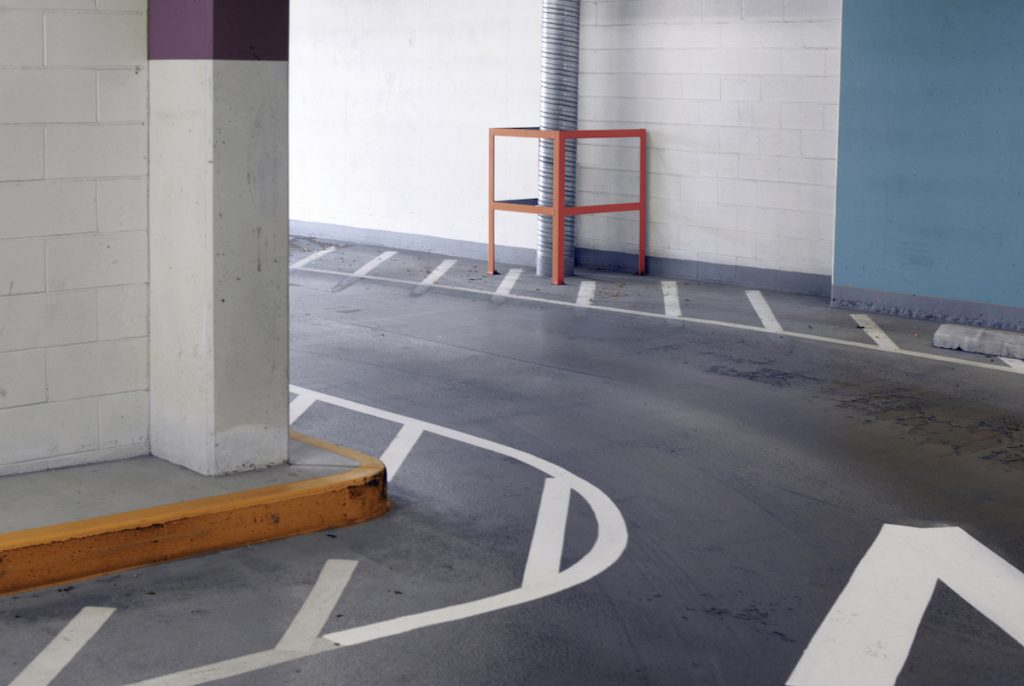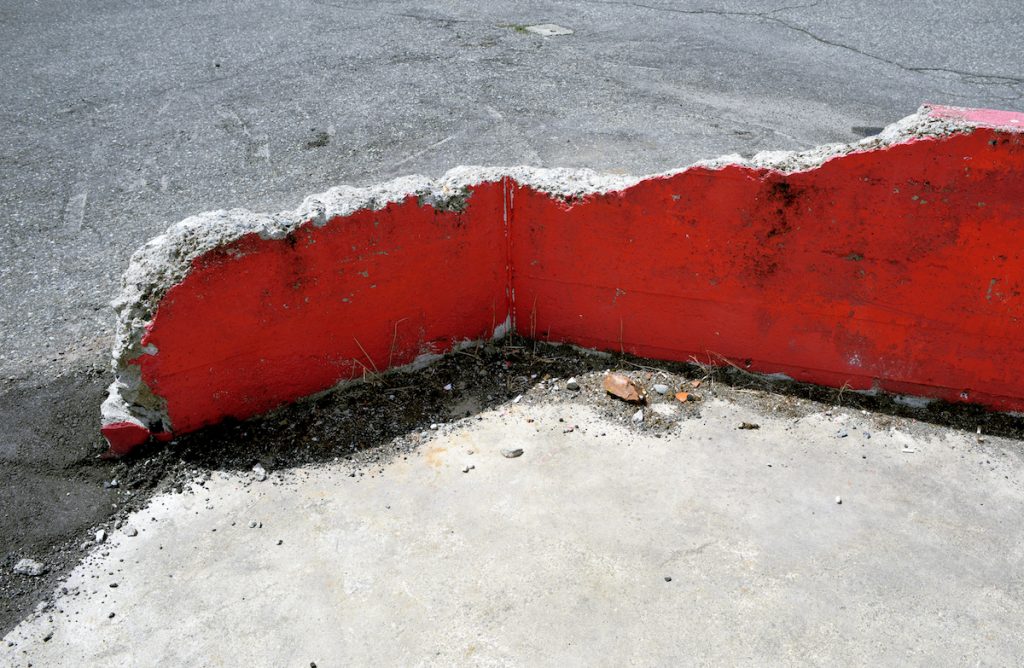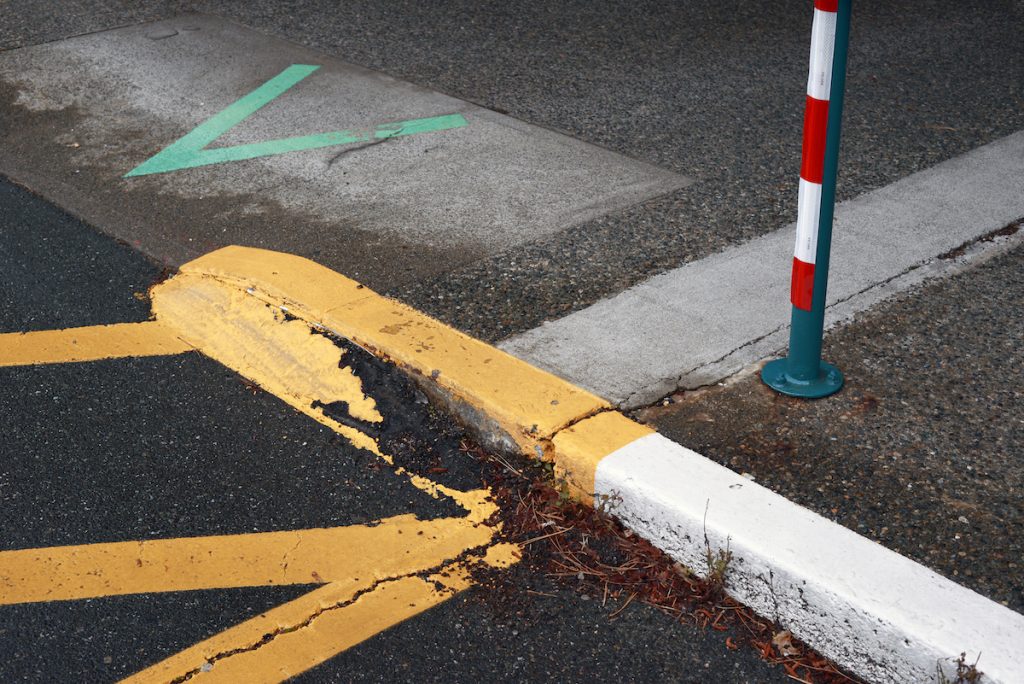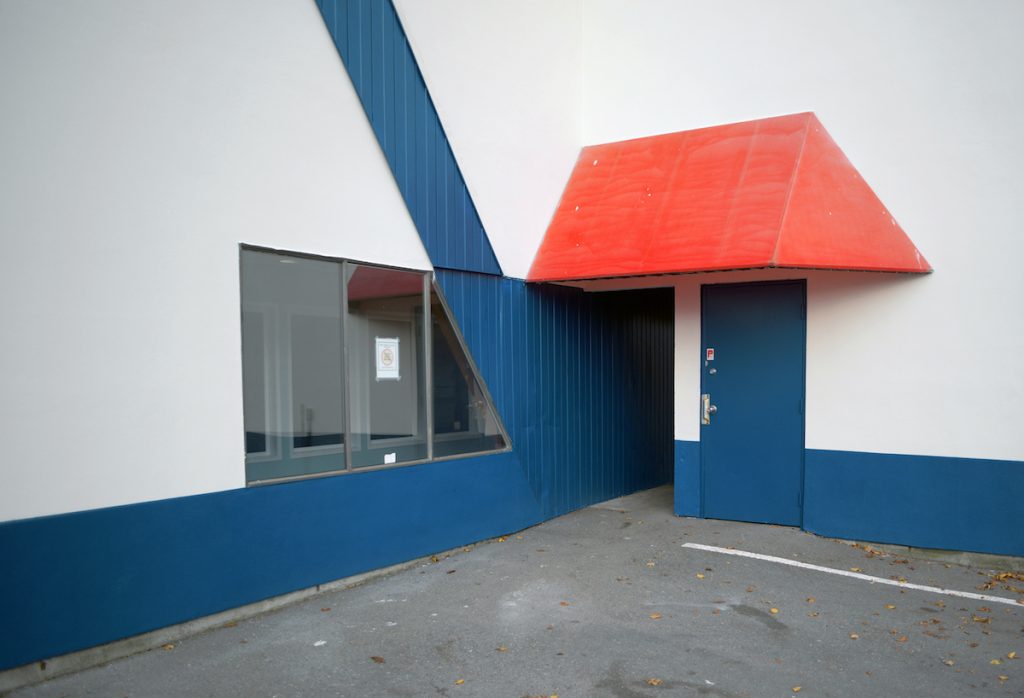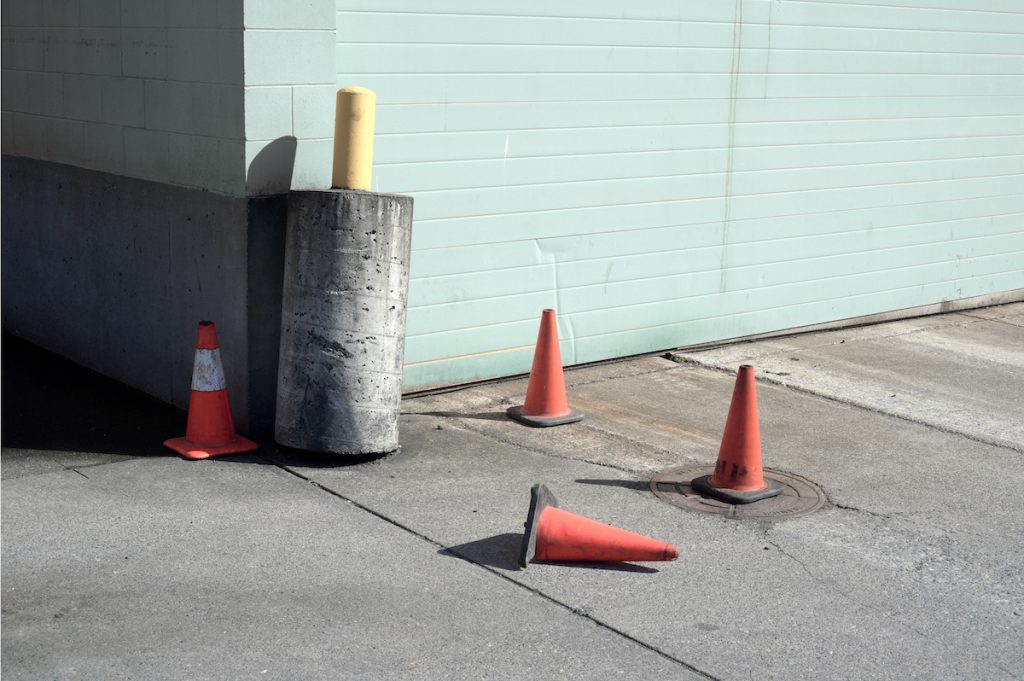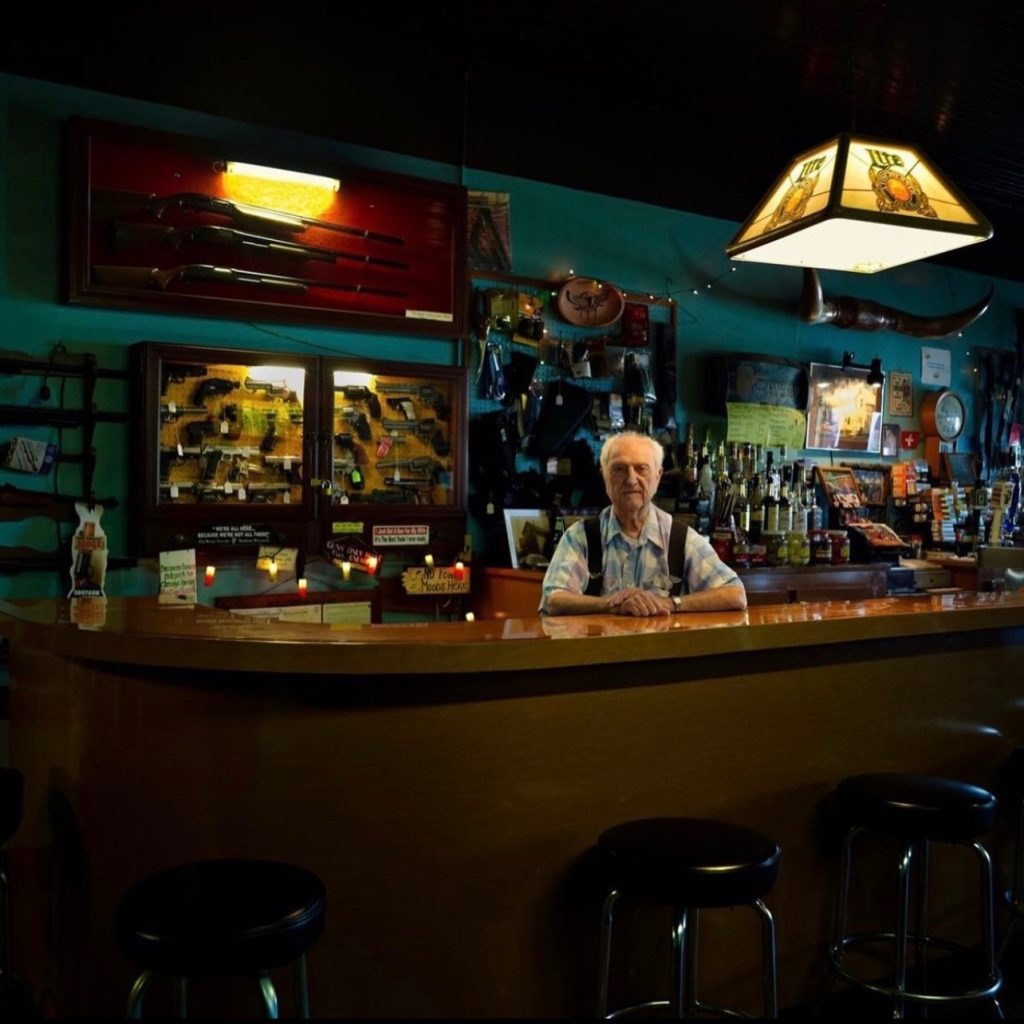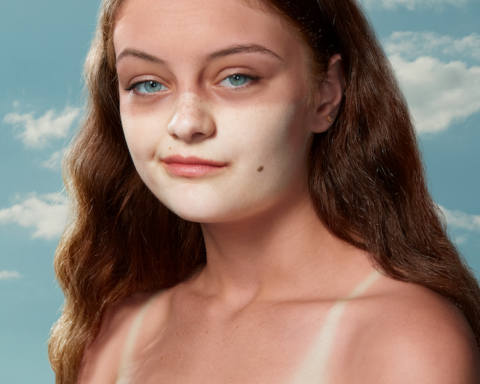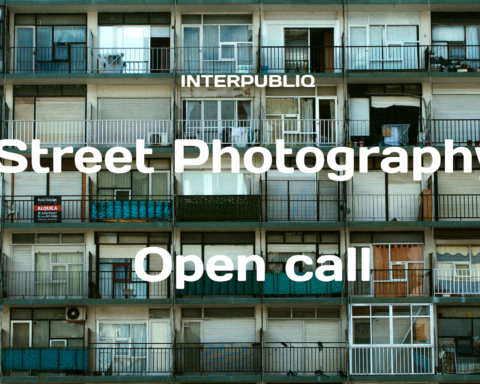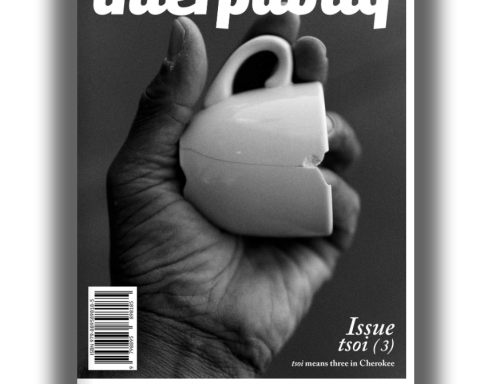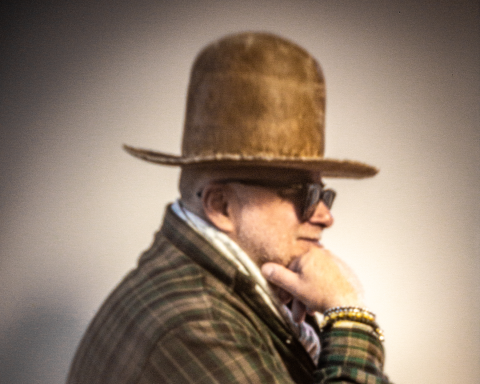My name is Ken Wilkinson. I live in Victoria, British Columbia, Canada. I take photos for pleasure only, and I shoot in both film and digital formats.
When was your first picture taken?
My first picture would have been taken sometime in the late 1970s when I was about 11 or 12 years old. I had a little Kodak Tele Instamatic 608 camera that used 110 cartridge film. I took pictures of a model plane that I’d built.
How do you put the person, place, or thing in front of the camera onto film, chip, or paper the way you want it to?
Right now I’m mostly shooting mundane urban street scenes, so I’m looking for interesting geometry, composition, and colour. I try to see scenes 2-dimensionally, because ultimately I’m composing within a rectangular 2-dimensional space. It’s important for me to have uncluttered well-balanced scenes with appealing colour.
What photographers have influenced you, and how have they influenced the way you approach your subject?
There are a number of artists who influence me, and many of them are not photographers. One of my favourites is David Hockney, because he has a great sense of composition and colour. He also has a 2-dimensional approach to composition. Andy Warhol too, a great sense of colour and simple but strong compositions.
The New Topographics movement of the late 1970s is also influential, as they found the beauty in banal human-made landscapes. Wim Wenders’ work is very much along these line, and he is an influence.
I also admire Robert Frank, Anders Petersen, and pretty much everyone in the Magnum group.
What exactly do you want to say with your photos, and how do you make your photos do that?
I don’t know that I really say anything. I just play with shapes and colour until I find a combination that looks appealing to the eye. Maybe that’s a shallow way to see it, or maybe there’s a deeper message that I’m consciously unaware of that’s best left for someone else to figure out. For me it’s better just to see rather than to think too much about it.
What photographic gears do you use to stay focused on what you do best when shooting?
I keep my set-up fairly simple: My digital camera is a Nikon D800e, and I mainly use 3 prime lenses, all Nikkor: a 50mm f/1.4, a 35mm f/2, and a 24mm f/2.8. My main film body is a 1975 Nikon F2 that uses these same lenses. I have other cameras in various formats that I use occasionally, but at the heart of it are these 2 SLRs.
Any technology/software/hardware?
I always use Photoshop to adjust the colours and levels. This is essential for me. I believe in using the available tools to get the desired results. I sometimes take photos using silver gelatin emulsion on my own hand-made film that I develop in my darkroom. This is true old-school photography. But even then, I end up scanning and then adjusting in Photoshop. I don’t want to become dependant on tricks, but the technology is there to help.
What motivates you to continue taking pictures? Is it political, intellectual or emotional?
I enjoy the pleasure of walking and seeing, and of finding simple scenes in unexpected places. It is creativity for its own sake, without any pretension.


